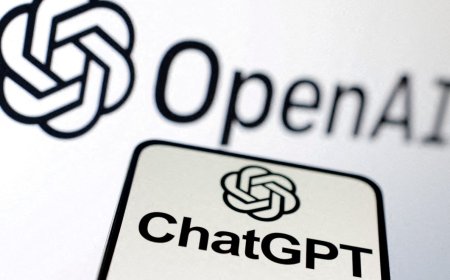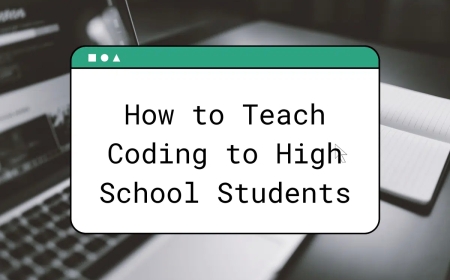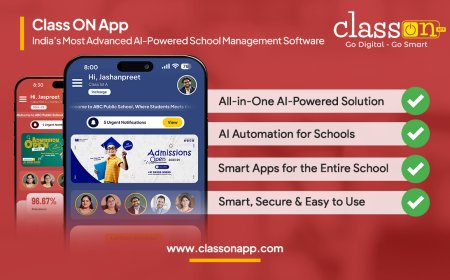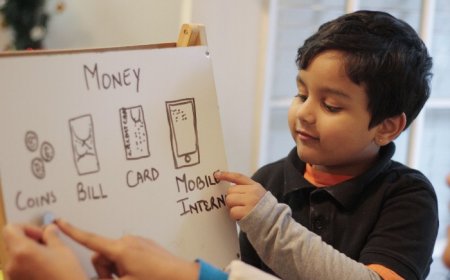How IoT is Changing Classrooms
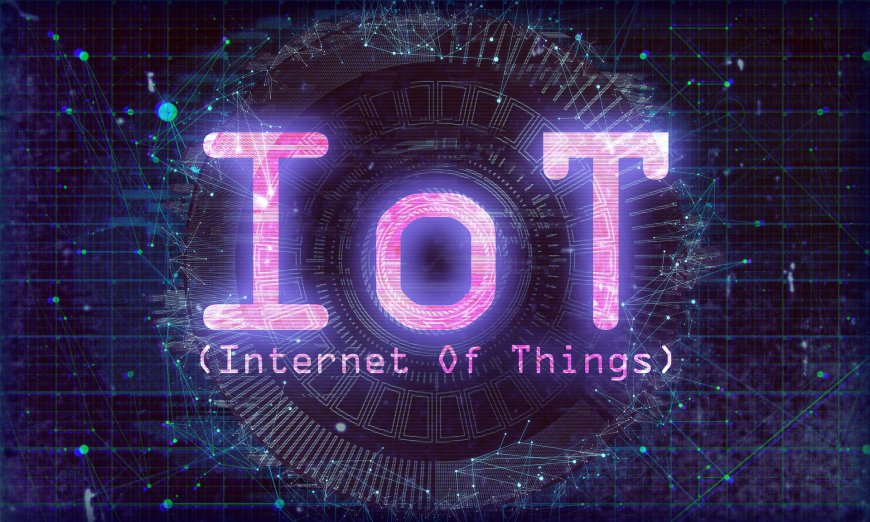
The Internet of Things (IoT) is transforming various industries, and education is no exception.
IoT technology is creating smart classrooms that enhance learning experiences, streamline administrative tasks, and improve overall efficiency in schools. Here are ten ways IoT is shaping smart classrooms.
Enhanced Learning Experiences
Internet of things devices such as interactive whiteboards and smart projectors make lessons more engaging. These tools enable dynamic presentations, interactive learning, and real-time feedback, capturing students' interest and improving comprehension. 
Personalized Learning
Internet of things allows for personalized learning experiences. Smart devices can track students' progress and adapt lessons to their individual needs, helping each student learn at their own pace and ensuring no one is left behind.
Efficient Classroom Management
IoT helps teachers manage classrooms more effectively. Smart attendance systems automatically record student attendance, saving time and reducing errors. Environmental sensors adjust lighting and temperature, creating an optimal learning environment.
Resource Management
Schools can use Internet of things to manage resources efficiently. Smart sensors can monitor the usage of supplies and equipment, alerting staff when items need replenishing or maintenance, thereby reducing waste and costs.
Safety and Security
Internet of things enhances school safety. Smart cameras and sensors can monitor school premises in real-time, detect unusual activities, and alert security personnel immediately. This ensures a safer environment for students and staff.
Collaborative Learning
IoT facilitates collaborative learning. Devices such as smart tables and connected tablets enable students to work together on projects, share ideas, and access shared resources seamlessly, fostering teamwork and collaboration.
Remote Learning
IoT supports remote learning by connecting students and teachers through smart devices. Virtual classrooms and Internet of things -enabled learning platforms allow for seamless interaction, ensuring that education continues even outside the traditional classroom.
Improved Communication
IoT improves communication between teachers, students, and parents. Smart apps and devices keep everyone informed about assignments, grades, and school events, fostering better engagement and involvement from all parties.
Data-Driven Insights
IoT devices collect data that can be analyzed to gain insights into student performance, attendance, and behavior. This information helps educators make informed decisions to improve teaching strategies and student outcomes.
Energy Efficiency
IoT contributes to energy efficiency in schools. Smart lighting, heating, and cooling systems adjust based on occupancy and usage, reducing energy consumption and lowering utility bills, making schools more sustainable. The integration of IoT in education is creating smarter, more efficient classrooms that enhance learning and streamline school operations. As technology continues to evolve, the potential for IoT to further transform education is immense, promising a future where learning is more personalized, engaging, and effective. Follows Us for More Updates Like Us on Facebook Page : Click Here Like Us on Instagram : Click Here






